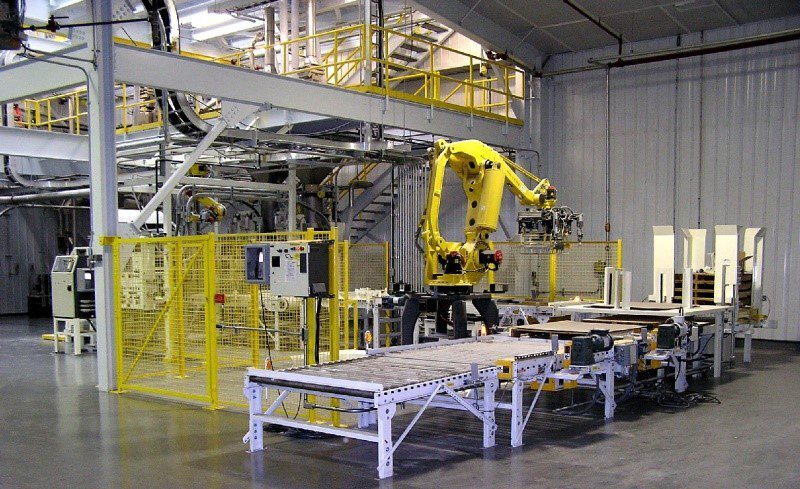
Automation of a packaging line process is easily the biggest trend we are seeing at Magnum Systems for the milling industry. While the common push used to be to reduce manpower or injuries, today the reason seems to be more “because we can”. We caution, however. Just because we “can” drive 100 miles an hour does not mean we “should”.
Magnum Systems prides itself in pushing “smart automation” by helping the customer automate the filling line where it makes sense and for the right reasons.
Automation can start with a bag placer putting empty bags on a filling machine and end with a pallet, stretch wrapped and ready for a fork truck to pick up. But “smart automation” is taking a look at each step of the process to decide if the good outweighs the bad.
WHAT ARE THE POSITIVE ASPECTS OF ROBOTIC AUTOMATION?
WHAT ARE THE NEGATIVE ASPECTS OF ROBOTIC AUTOMATION?
We find when we are talking to customers about automating a filling line, that the middle of the line (sealing, check weighing, metal detection, and printing) is the easiest to do and offers the most “bang for the buck”. Then the end of the line comes next (palletizing and shrink wrapping) because filled and conditioned bags usually meet the consistency requirement, but this area usually has the biggest price tag. This leaves the beginning (empty bag placing) which we term as our “blind man” area. The criteria being: if a blind person can sit in a chair, grab bags and place them on a filler all day long without any help and without having to feel around for the bags or filler, then automation has a high probability of working in this area.
For more information on Robotic Automation Click Here.
Submission By: Brad Schultz | Director of Sales
Related Post
Part Three: Dust Control Strategies for Microdosing Systems
Part Two: Robotic Dosing Systems-Micro Versus Bulk Applications
Part One: Unlocking Efficiency with Automated Dosing Systems and Interoperability
Smart Flow Part Two: Beyond Hammering — Smart Material Flow Solutions That Actually Work